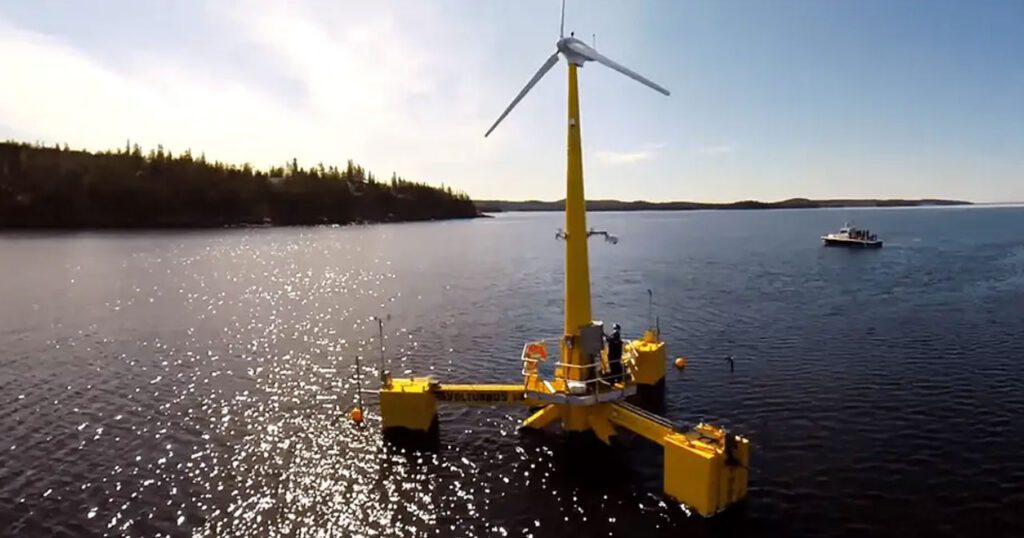Analysis of Remote-Sensing Data for Potentially Significant Submerged Cultural Resources in Offshore Maine
PanAmerican Consultants, now part of Chronicle Heritage, conducted analysis of remote-sensing data to determine the presence of potentially significant submerged cultural resources in an offshore Project Area in and south of Maine’s Boothbay Harbor in state and federal waters. The Project Area included a proposed transmission line to the mainland and an offshore lease block area proposed for wind turbine construction. Chronicle Heritage analyzed side-scan sonar records and determined 54 images depicted targets with probable structural components. Our experts also reviewed magnetic data revealing nearly 900 anomalies, some indicative of potential shipwrecks. The data were also analyzed for clustering (i.e., presence of grouped anomalies, side-scan targets, and known archaeological sites in any combination).

In addition to the analysis of remote-sensing data for the Hywind Maine Project, Chronicle Heritage contributed further expertise and assessments related to submerged cultural resources.
Submerged Cultural Resource Analysis:
Chronicle Heritage specialists conducted an extensive analysis of remote-sensing data to identify potentially significant submerged cultural resources within the Project Area, which encompassed both state and federal waters offshore Maine’s Boothbay Harbor. The analysis aimed to assess the presence and nature of these submerged resources in relation to the proposed transmission line and offshore lease block area designated for wind turbine construction.
Side-scan Sonar Analysis:
Utilizing side-scan sonar records, Chronicle Heritage’s experts examined 54 images that displayed targets with probable structural components. This analysis allowed for the identification and evaluation of potential submerged cultural features and artifacts. By interpreting the side-scan sonar data, Chronicle Heritage gained insights into the presence and characteristics of these targets, which could provide valuable information about past human activities and cultural heritage in the area.
Magnetic Data Review:
In addition to the side-scan sonar analysis, Chronicle Heritage’s specialists reviewed magnetic data collected during the survey. This data revealed nearly 900 anomalies, some of which indicated the possible presence of shipwrecks or other submerged archaeological features. The examination of magnetic anomalies can help identify areas of interest for further investigation and inform decision-making regarding the potential impact on cultural resources.
Clustering Analysis:
Chronicle Heritage conducted a clustering analysis to examine the spatial distribution of anomalies, side-scan targets, and known archaeological sites within the project area. This analysis aimed to identify patterns or clusters that could indicate concentrations of submerged cultural resources. By considering the clustering of data points, Chronicle Heritage could better understand the potential archaeological significance of specific areas within the project site.
The comprehensive analysis conducted by Chronicle Heritage provided valuable insights into the presence and potential significance of submerged cultural resources within the Hywind Maine Project Area. Their work contributed to the understanding of the underwater cultural heritage in the vicinity and supported decision-making processes regarding the proposed wind turbine construction and associated activities.

